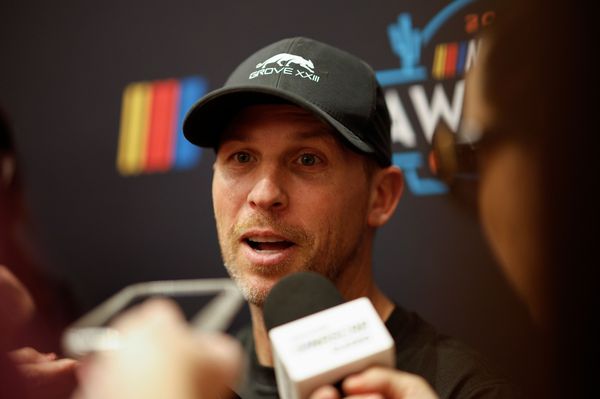
A major factor driving corporate environmental strategy is public image -- survey after survey finds that environmental practices are increasingly starting to influence consumers' choice to shop or not shop at a given company.
A report by global strategy consultancy firm Simon-Kucher & Partners found that 85% of shoppers across different countries shifted their buying habits in the last five years to be more "green" while over one third are willing to pay more to know that what they're buying is sustainable.
E-commerce giant Amazon (AMZN) has spent years build an environmentally-friendly image with both customers and investors -- it committed to reach net-zero carbon emissions by 2040 and calls being eco-friendly a "win all around" by being good "for the planet, for business, for our customers, and for our communities."
As Sales Grow, So Does Plastic Waste
But at the same time, numbers have emerged that the plastic waste generated from Amazon packaging keeps growing. It equalled 709 million pounds in 2021 -- according to the annual report released by environmental advocacy nonprofit Oceana. That is an 18% increase from the 599 million pounds generated in 2020. Put another way, it's enough plastic to circle the earth 800 times in air pillows (the plastic pouches used to protect Amazon orders during shipping.)
The report caused a stir in environmental circles over the damage that it can cause to ocean creatures in particular -- Oceana claimed that 55% of seabird species, 70% of marine mammal species, and 100% of all sea turtle species have ingested plastic generated by human activity.
An Amazon spokespesron told TheStreet that Oceana's "numbers are exaggerated and inaccurate" and that "the significant majority of plastic used to ship orders to customers" has been reduced.
Oceana, in turn, said that Amazon's claim that it brought down its average plastic packaging weight per shipment by over 7% and resulting in 97,222 metric tons in total leaves out "orders fulfilled through third-party sellers" and what percentage this is in proportion to total sales.
"Despite Amazon's commitment to transparency for its other sustainability efforts (such as its climate initiative), until days ago, the company has not been transparent about its global plastic packaging footprint," Oceana said in reference to a Dec. 13 blog in which it outlines efforts to reduce single-use plastic. "[...] Oceana acknowledges this step towards increased transparency. The reported figure, however, represents only part of the company’s global plastic packaging footprint."
More Scrutiny Lies Ahead
While e-commerce has been floundering somewhat after the skyrocketing demand seen early in the pandemic, Amazon has generally had a profitable year -- revenue in the third quarter rose by 14.7% year over year to $127.1 billion.
Amazon shares are currently down nearly 50% since the start of the year as rising interest rates have raised fears of a recession.
The increased sales Amazon brings in have led to greater scrutiny around the waste they generate -- in the report, Oceana said that as "sales increase, the company's plastic footprint grows too."
Matt Littlejohn, senior vice president for strategic initiatives at Oceana, said in a statement. "It's time for Amazon to, as it has on climate, step up and commit to a global reduction in its use of plastic packaging."







